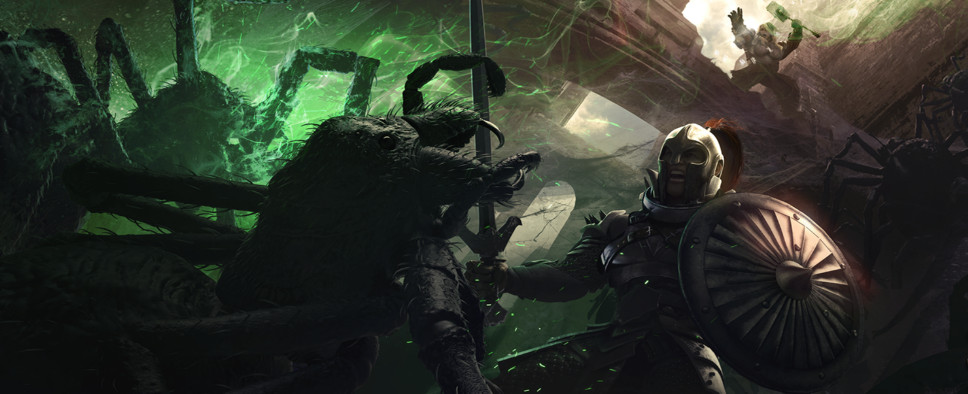Solasta: Crown of the Magister Early Access Preview
-
Category: PreviewsHits: 11922

Article Index
Introduction
A few years back, I was looking for something new to play, and by pure chance, I stumbled upon Endless Space - a sci-fi 4X strategy from Amplitude Studios. I ended up enjoying that game quite a bit, as well as its eventual spin-offs in Endless Legend and Dungeon of the Endless.
So, when Amplitude’s CEO Mathieu Girard announced his departure from the studio and the subsequent founding of Tactical Adventures - an RPG-focused outfit - I was very curious to see what they would come up with.
Fast-forward a few years and the studio’s debut project, Solasta: Crown of the Magister, is now live in early access, and you can find my thoughts on the currently available content below, along with some musings on the role-playing system fueling it all.
I Can’t Believe It’s Not THAC0
Solasta’s biggest draw is perhaps the fact that it’s a turn-based D&D game. A D&D game based on the fifth edition of Dungeons & Dragons. However, it’s important to note that Solasta uses the Dungeons and Dragons SRD 5.1 Ruleset, which is kind of like an abridged version of the Player’s Handbook distributed under the Open Gaming License.
Skipping past all the legalese, this means that Tactical Adventures has access to a limited number of races, classes, spells, and so on. On top of that, their game can’t take place anywhere near Forgotten Realms or some other official D&D world. At the same time, they’re free to expand the SRD with some unique content of their own.
Where does this leave us, then?
When it comes to races, we have Humans, Half-elves, and two flavors of Dwarves, Elves and Halflings. And probably for the first time ever in a D&D game, Humans are the single least desirable race of the bunch. I honestly don’t see a single reason why you would want to play a Human in Solasta. Not only are their racial bonuses beyond inconsequential, they’re also the only race without access to Darkvision, something that’s really nice to have in Solasta. I guess, after all these years of Humans being a great, if not the best option for pretty much any character, seeing them gutted to such a degree is just a bit strange.
As for classes, there are Fighters, Rangers, Paladins, Rogues, Clerics, and Wizards, with Sorcerers already promised as a free post-launch DLC. During the early access phase, you’ll be able to reach level 6, with the full game raising this cap all the way up to 10.
Beyond these two obvious pillars, the character creation process goes pretty deep, and the game even has a neat little character library where you can create a bunch of characters and then import 4 of them into your campaigns.
Even for something as simple as determining attribute scores, Solasta gives you more options than pretty much any other CRPG on the market. You can use a point-buy system, you can roll the dice, you can use the standard attribute array, or you can even manually set all your attributes to 18, if that’s your thing, and avoid rerolling the dice for three hours.
Then, you also get to edit your starting equipment, something very few games allow you to do. On top of all that, you also have 8 Backgrounds and the usual Alignment chart. Instead of just offering some roleplaying flavor, Backgrounds determine the character’s extra starting equipment and proficiencies, while both Backgrounds and Alignments provide you with a selection of personality tags.
Combining four of these tags creates a unique personality for the character, and this plays an important role in pretty much every interaction you’ll have in the game. Instead of any traditional dialogue system, Solasta has this thing where every interaction is voice-acted, with your characters doing most of the talking based purely on their personalities.
Now, you still get to make the decisions, but the options you get are based on who your characters are. So, for example, having a greedy character will give you an option to ask for a bigger reward, while having an aggressive one will allow you to turn some conversations into battles.
This unique conversation system flows really well and I was impressed with how vibrant and alive my characters felt despite being created simply by combining four tags and a Background.

